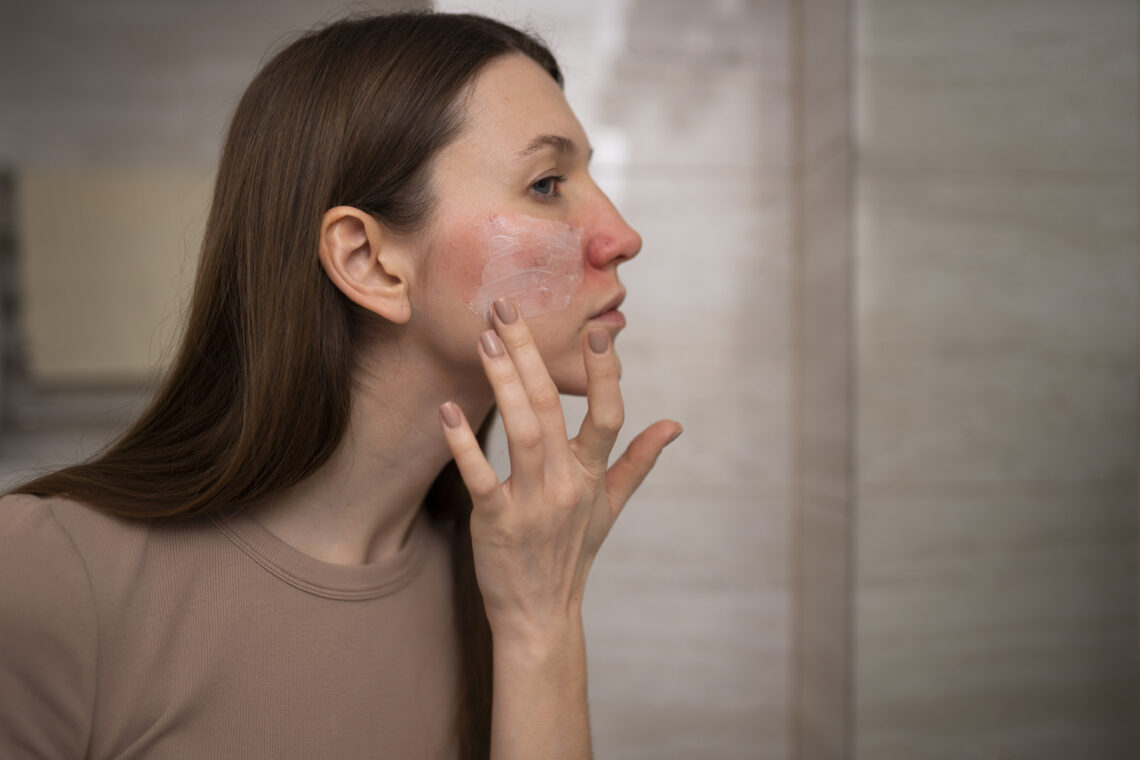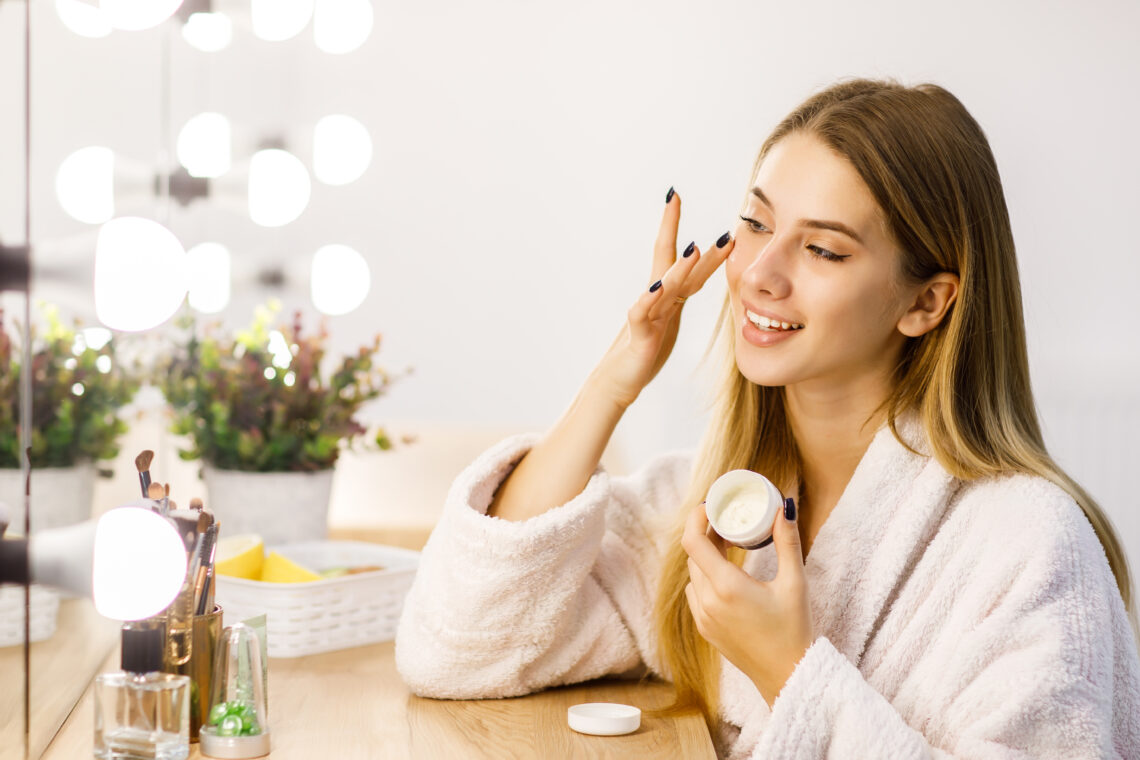Are you going on vacation this summer? Or are you going to relax and simply enjoy the sun in your own country? Whatever your plan is this summer, if it involves getting a tan, we recommend you keep reading. This article will give you the perfect guide on how to take care of your skin and protect it from the UV radiation, at the same time as getting that perfect tan. Getting that perfect golden tan is the ultimate goal for a lot of people in the summer. It is easy to forget that your skin needs extra care when being exposed to the sun for a longer period of time.
How does tanning work?
Tanning occurs when the skin’s pigment, called melanin, darkens in response to exposure to ultraviolet (UV) radiation. Melanin acts as a natural defence mechanism, absorbing UV rays and protecting the skin from damage. When exposed to UVB rays, the skin produces more melanin, resulting in a darker complexion. It’s important to note that excessive exposure to UV radiation can lead to sunburn, premature aging, and an increased risk of skin cancer.
Risks and side effects of tanning
It is very important to practice safe tanning in order to stay healthy and take care of your body. By familiarising yourself with the negative consequences of tanning, it will be easier to take the right precautions. Some of the consequences that you need to consider are:
- Sunburn: which is a common skin condition caused by overexposure to UV radiation. Symptoms of sunburn include redness, inflammation, pain, and tenderness. In severe cases, sunburn can lead to blistering and peeling of the skin. Sunburn not only causes immediate discomfort but also increases the risk of long-term skin damage and skin cancer.
- Premature aging: is another consequence of excessive UV exposure. Chronic sun exposure can accelerate the aging process, leading to wrinkles, fine lines, uneven skin tone, and texture. Over time, the skin may develop age spots and hyperpigmentation due to UV-induced melanin production. Protecting the skin from UV radiation is essential for maintaining youthful and healthy-looking skin.
- Skin cancer: which is caused by the sun and UV radiation damaging the DNA in the skin cells. This leads to uncontrolled cell growth and can result in different types of skin cancer.
Benefits of tanning
It is important to remember that although there are risks that needs to be considered, tanning can also be good for you. If practiced safely, sun exposure leads to several health benefits. One of the more significant benefits is the production of vitamin D. Sun exposure helps with the production of this particular vitamin. Vitamin D has several benefits, some of these include:
- Helps support the immune system
- It is essential for bone health and muscle function
- It is good for your mental health as it lowers the risk of depression and mood disorders
Sun exposure can also help treat certain skin conditions. Some of these skin conditions include psoriasis, eczema, and vitiligo. It can also have a psychological effect on people. Some feel that having tanned skin, makes their skin look healthier and more attractive. This boosts some peoples confidence and self-esteem.

How to practice safe tanning
Understanding the risks of UV radiation and taking the right precautions is going to help reduce the risk of its negative consequences. There are multiple measures you can take to protect yourself against the UV radiation and still get that perfect summer tan. Some of these measures include:
Wearing sunscreen
By wearing sunscreen on your face and body, you will be protected by the UV radiation. It blocks or alters the path of UV rays. It is important to remember that sunscreen must be applied properly, and reapplied every two hour or after swimming or sweating to maintain effective protection. Wearing sunscreen will only help you prevent the negative side effects of the Uv radiation, it will not prevent you from getting a tan.
Cover up your eyes
Make sure you cover your eyes by wearing a hat, sunglasses, keeping your head under the shadow, or simply putting something on your face like a t-shirt or something of that kind. By covering your eyes, you help block out harmful rays and prevent them from reaching and damaging your eyes, and the skin around them. It helps protect your vision and overall eye health. It is important to ensure maximum protection when choosing your sunglasses. If you are reaching for sunglasses, you should aim for the ones labelled with UV400 or 100% protection against UV radiation.
Seeking shade when the UV index is really high
You should aim to take breaks and seek shade when the UV index is high. This helps protect your skin against UV radiation by reducing direct exposure to the sun. Shaded areas blocks a significant portion of direct UV rays from reaching your skin. It also prevents you from overheating and therefore reduces the likelihood of heat-related illness.
Aftercare
Aftercare is also an extremely important measure to take when tanning. Make sure your skin is moisturised. This will keep your skin hydrated and help repair any potential damage. When tanning it is very important to stay hydrated. Drink plenty of water before, during and after tanning.
The best way to make sure you are protecting your skin against the dangers of UV radiation, is to combine these strategies together. Also remember to listen to your body. Take breaks in between and make sure you take good care of your skin when being exposed to the sun.




